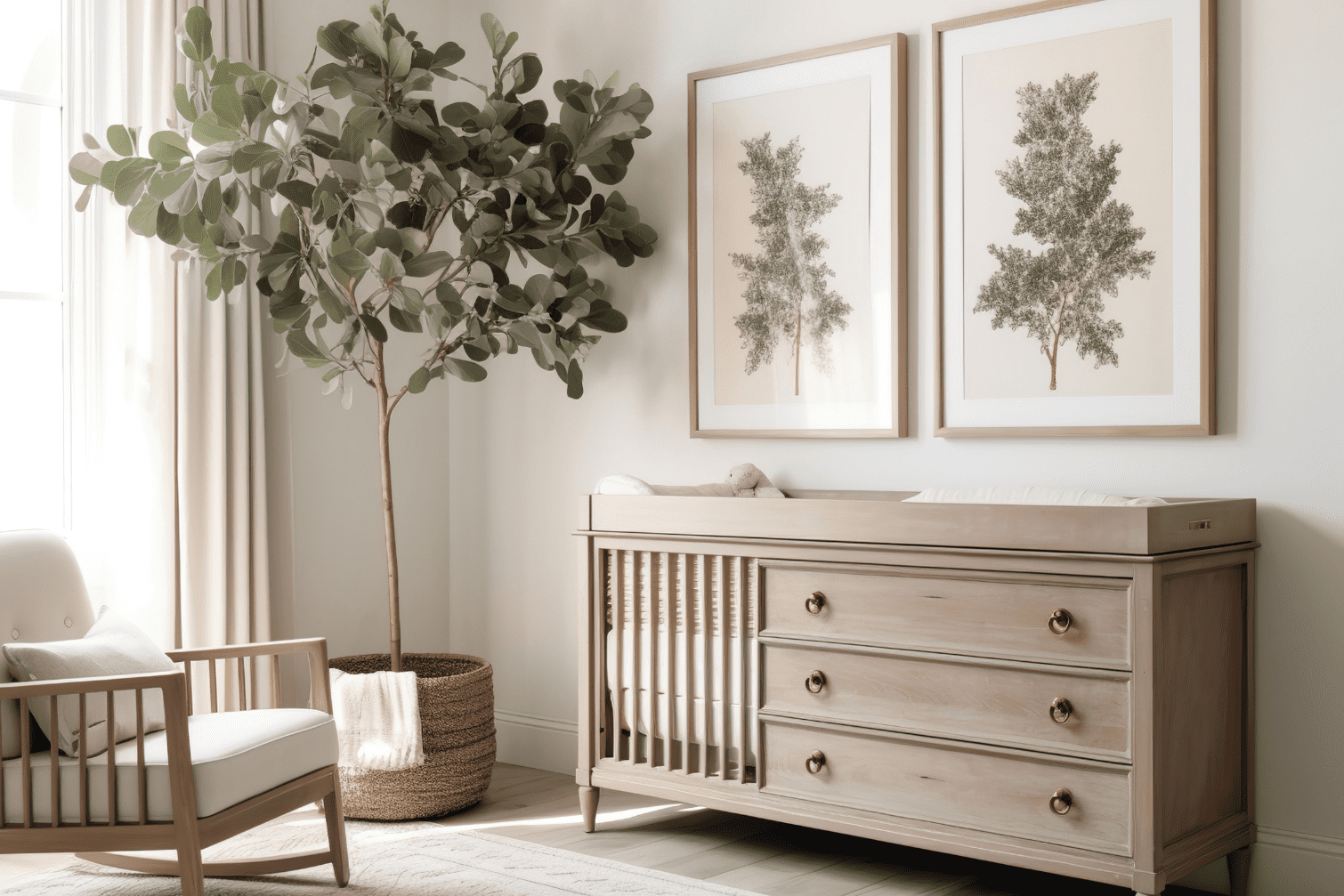As a modern parent navigating the complexities of city living, you’re already familiar with the challenges of maintaining a healthy environment at home.
The recent surge in urban pollution levels, combined with alarming research findings on indoor air quality, has made it clear: the air in our homes, especially in our newborns’ nurseries, isn’t as pristine as we once believed.
As you juggle work, parenting, and the demands of city life, the nursery becomes more than just a room—it’s a sanctuary where your child’s health and future are shaped. With studies like those from the National Center for Biotechnology Information and the State of Global Air underscoring the profound impact of indoor air quality on infant health, the stakes have never been higher.
Ensuring optimal air quality isn’t just about today’s comfort; it’s an investment in your child’s tomorrow.
Why Indoor Air Quality Matters for Newborns
With their developing respiratory systems, newborns are particularly susceptible to indoor pollutants. Their lungs are in a pivotal developmental stage, and any compromise can have lasting implications.
- Sensitive Lungs: Infants’ lungs are more prone to damage from pollutants, as highlighted by the State of Global Air report, which linked air pollution to nearly 500,000 newborn deaths in 2019.
- Rapid Breathing: Infants inhale more air relative to their body weight than adults, making them more exposed to airborne toxins.
- Developmental Stage: Clean air ensures the proper growth of their respiratory and immune systems.
Understanding these vulnerabilities can help parents make informed decisions about the nursery environment, laying a foundation for their child’s health.
Common Indoor Air Pollutants and Their Sources
Our homes harbor various pollutants, many of which we introduce unknowingly.
- Opt for Low-VOC Products: Paints and furniture can emit Volatile Organic Compounds (VOCs), which, as per the NCBI study, can significantly vary in levels across homes.
- Minimize Dust and Dander: Regular activities stir up dust, and pets introduce dander, which can harm sensitive infant lungs.
- Monitor Moisture Levels: High humidity can lead to mold growth, a significant biological pollutant.
- Be Cautious with Household Products: Everyday cleaning agents can release harmful chemicals when used.
Awareness is the first step. Identifying these sources allows for targeted actions to minimize their impact.
Steps to Ensure Clean Air in the Nursery
Creating a sanctuary of clean air requires both preventive measures and proactive steps.
- Prioritize Ventilation: Ensure good airflow in the nursery. Regularly open windows to refresh the indoor air, as stagnant air can accumulate pollutants.
- Invest in Quality: Choose an air purifier designed for nurseries. The State of Global Air emphasizes the significant impact of household air pollution on neonatal deaths.
- Stay Natural: Use natural cleaning agents, which are effective without harmful side effects.
- Regular Maintenance: Vacuum the nursery weekly using a HEPA-filtered vacuum cleaner.
By integrating these steps, you ensure a clean environment for your baby and instill healthy habits in the household.
Benefits of a Clean Air Nursery
Maintaining a clean-air nursery has benefits that extend beyond immediate health.
- Promote Sound Sleep: Clean air improves sleep quality, which is crucial for a newborn’s growth.
- Lay a Healthy Foundation: Reducing the risk of allergies and respiratory issues sets the stage for robust health.
- Peace of Mind: Knowing you’re providing the best for your child offers invaluable peace of mind.
In the long run, these benefits contribute to a happier, healthier childhood and lay the groundwork for a robust adult life.
Ensuring a clean environment for newborns can seem daunting. But with informed choices backed by studies like those from NCBI and State of Global Air, it’s achievable.
Every breath your child takes is precious. Ensure it’s of the best quality possible.
IAQ for Newborns FAQ
In urban homes, common sources include emissions from household products like paints and cleaning agents, pet dander, mold from excess moisture, and outdoor pollutants that seep indoors, such as vehicle exhaust and industrial emissions.
You can use air quality monitors, which provide real-time data on pollutant levels. Additionally, observing signs like increased dust accumulation, persistent odors, or worsening allergies can indicate compromised air quality.
It’s generally recommended to check filters every 1-3 months and replace them every 6-12 months. However, always refer to the manufacturer’s guidelines for your specific model to ensure optimal performance.



